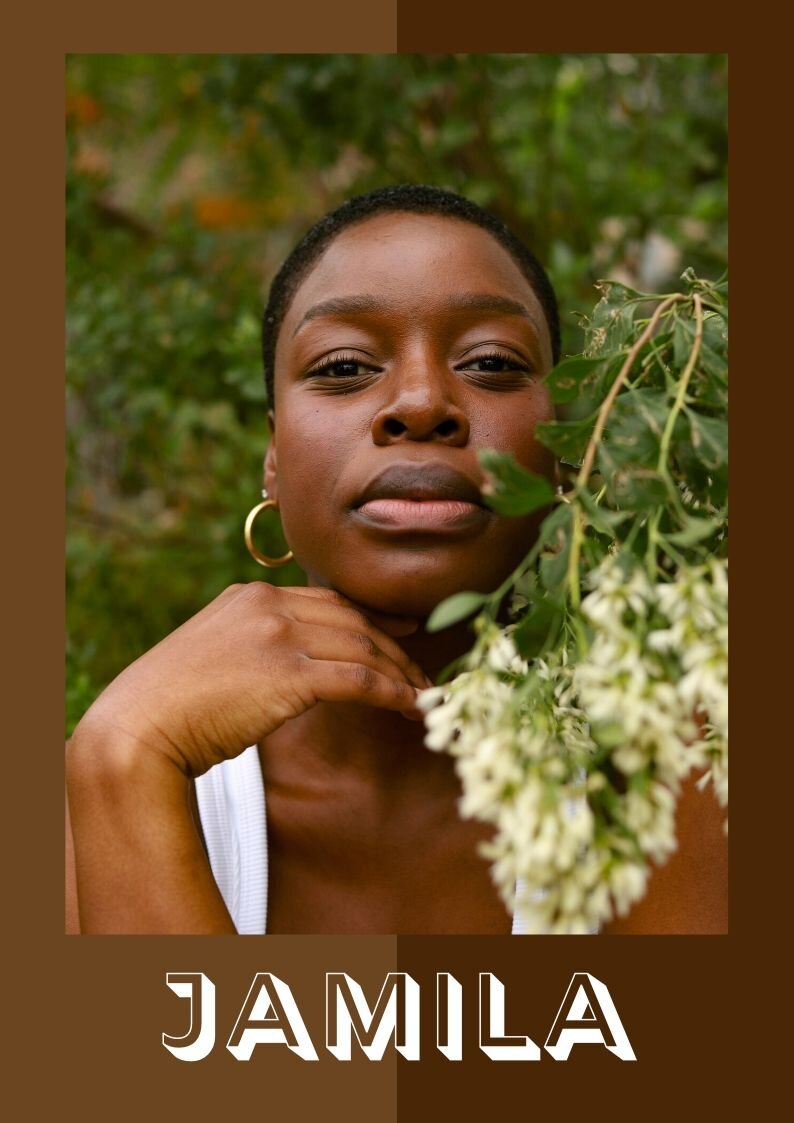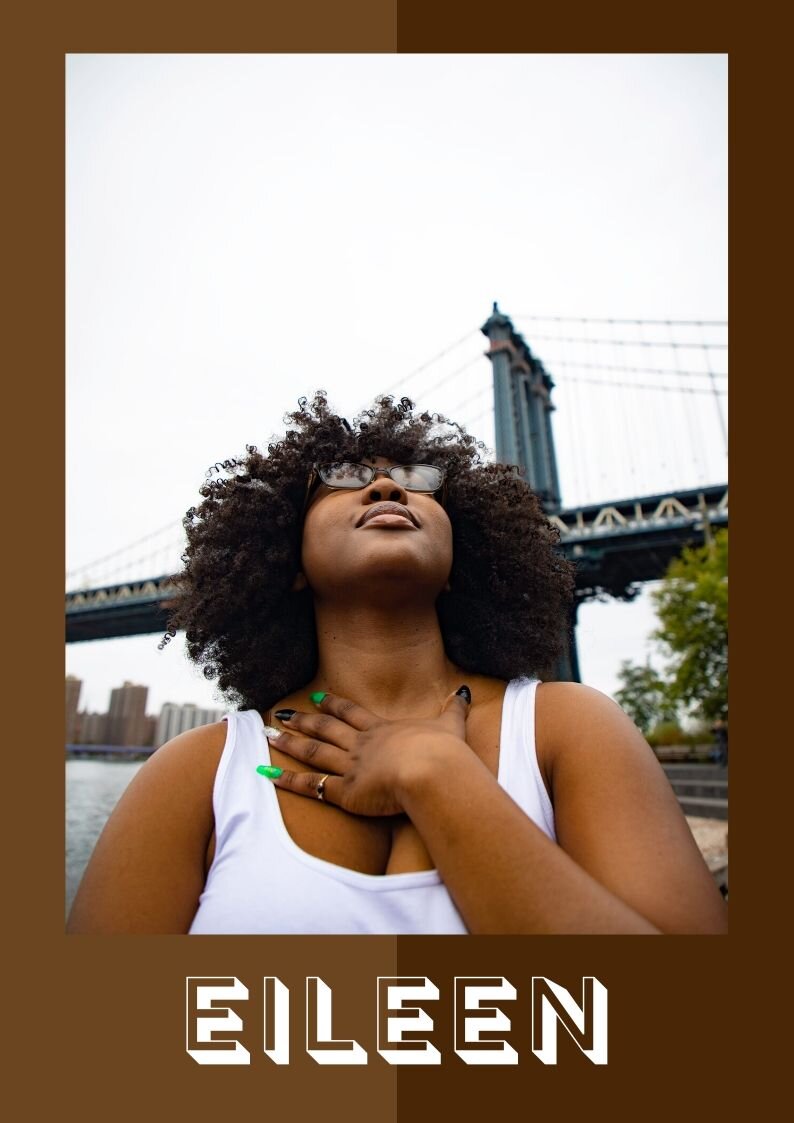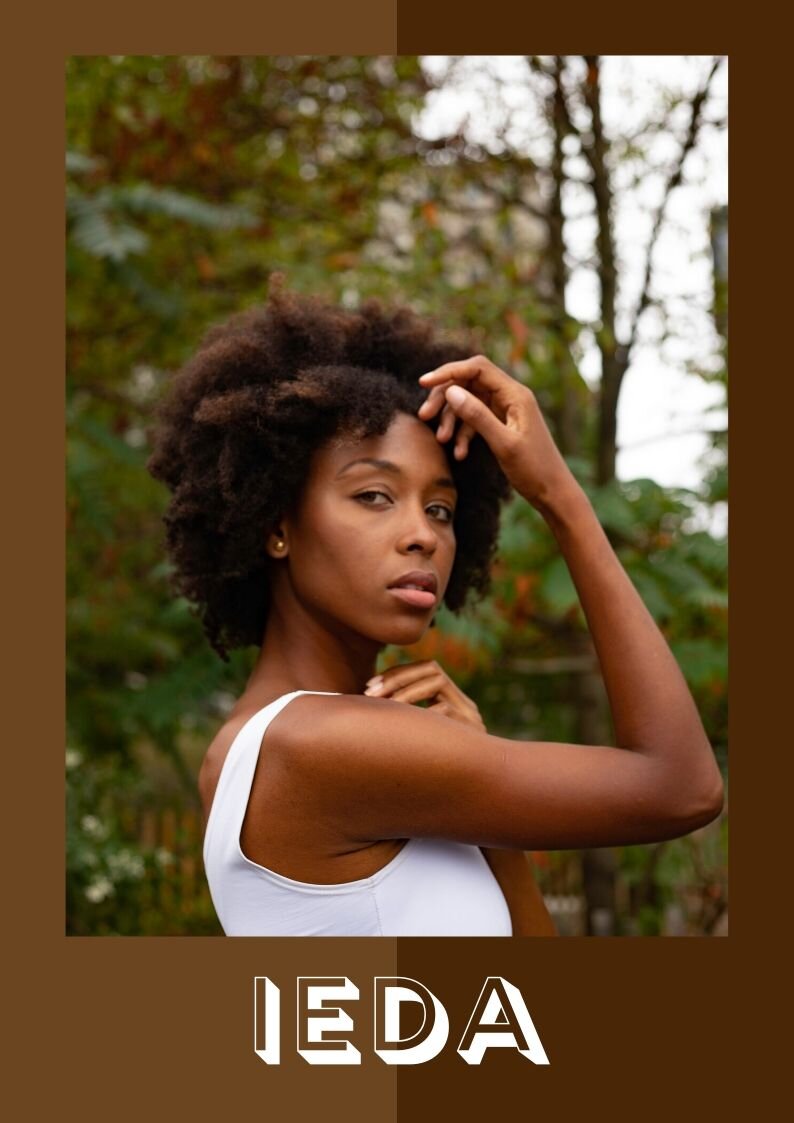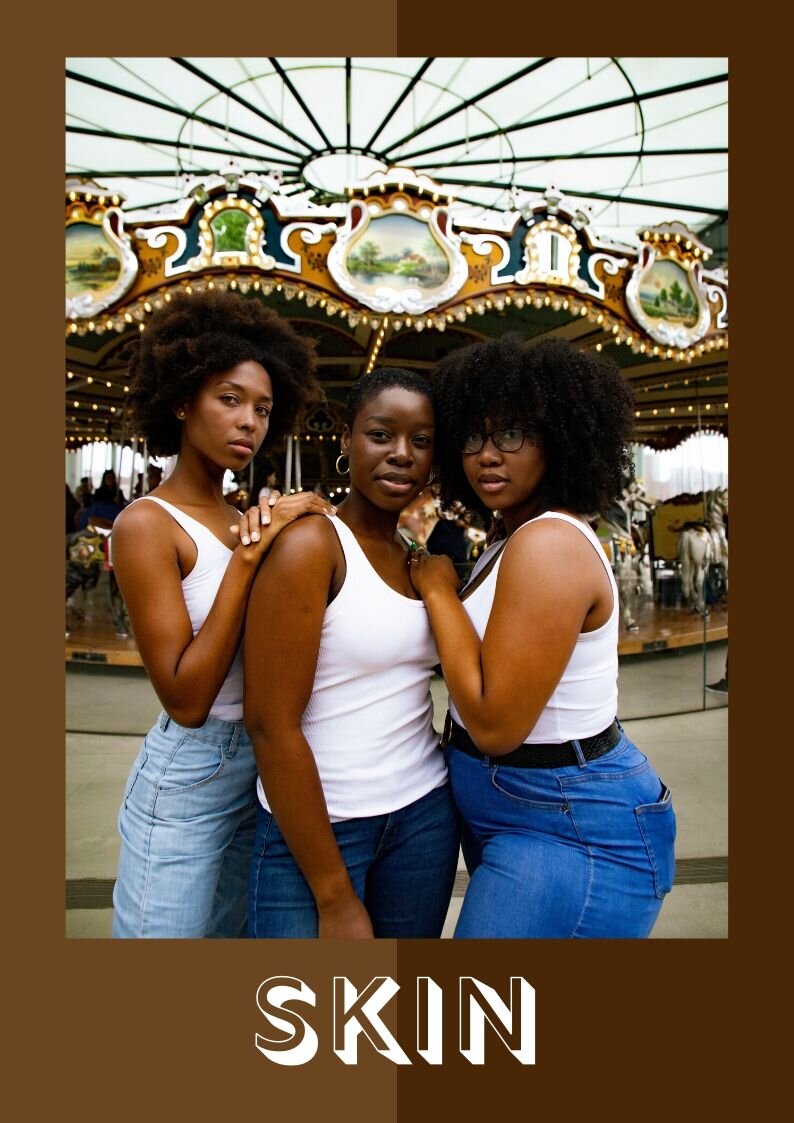“skin” is PAINTING A PICTURE THAT DEFIES COLORISM. this is volume i of a series that will continue to unpack the effects of colorism across cultures and how we can disrupt itS impact to affect change.
Photographer: Briana Moreira
Creative Director & Editor: Bianca Jean-Pierre
afro-caribbean- montego bay, jamaica
“It’s one of the few vivid memories I have of the time period right before I emigrated from Jamaica. I was at primary school one day when a classmate, Rasheed, and I were trading insults. I distinctly remember calling him ‘four-eyes’ because of his glasses and saying he had a "five-head". What happened next is etched into my memory for life. He said, ‘yuh black like mi granny dutch pot’. Translation: you're as dark as the outside of the burnt-from-use cast aluminum dutch pot that my grandmother cooks in. My initial reaction was confusion. I had grown up in a household that celebrated African roots, from music to physical features, so I wasn't really aware of colourism much less the fact that my complexion could be the butt of a joke. Rasheed had fairer, honey-hued skin, and mine was dark brown like espresso. I responded with something like, ‘so? Psh, that's not an insult,’ but my mind raced to process what had happened. ‘He thinks it’s an insult... and so does everyone else...They think dark skin is bad... Wtf...’ Then the embarrassment kicked in.”
-Jamila
“Around the same time, I started noticing how complexion x desirability played out in Jamaican music—(1) the fact there weren’t any popular female artists with my complexion and (2) lyrics like those found in songs like Buju Banton’s “Love Me Browning” (a “browning” is light-skinned girl/woman). Through my dad and uncles, I eventually learned that colourism played out in Jamaican hiring practices as well, from small businesses to the highest seats of power in government. People with my complexion are Jamaica’s majority but are underrepresented in high-visibility professions and in the business class. ”
“What I love most about my complexion is how it seemingly transforms as I move between indoor and outdoor/natural lighting. There’s something about it that I’m still working on loving though—how variegated it is. I’m still a little jealous of the Lupita Nyongos and Adut Akech Biors of the world who seem to be one colour all over their bodies. Little by little, I’m embracing the fact that my legs and face look like they belong to two different people.”
“I'd like to see light-skinned folks acknowledge their privilege more often and, more importantly, work to dismantle it: become aware of their colourist habits and beliefs and try to correct them, call people out for saying and doing colourist shit, hold space for likely victims of colourism to celebrate the skin they're in, etc.
The education of non-PoC about colourism. I can't speak for the colourism of Asia, but I know that the roots of colourism in the Caribbean and Latin America lie in slavery and colonisation. Colourism is an offspring of systematic racism. And just like how non-PoC can play a key role in dismantling systematic racism, I think there's space for allies in this effort as well, but I find that most non-PoC don't even know that coulourism exists or how pervasive it is. (3) The toughest one--the introspection of mid- to dark-skinned people to identify how they may have internalised colourism and may be unintentionally perpetuating it.”
-Jamila
AFRO-COLOMBIAN: houston, TX
“I never dealt with colorism until my junior year of high school. It was finals season and if you had As in your classes you could exempt out of them. In order to do that, we would have to get exemption cards. When I finally reached the front of the line, I was asked for my last name. I said “Salazar” and the lady looked up at me and said, “You mean Smith?”. I had never in my life been so upset because growing up all the Latin people I saw were all black—all looked like me. She assumed because I was Black that it was impossible for me to be Latina as well. What made it even worse was that she was another Latin woman!! This instance is what made me want to get into journalism and create platforms for underrepresented communities. I even wrote my college essay about this.”
-Eileen
“It’s no secret that in the Latin community the saying, “mejorar la raza” (improve the race) is constantly told to darker Latins. What it’s perpetuating is that the whiter the better so in order to help your family you need to marry a white man. Fortunately, my family is NOT like this at all so I’ve never personally dealt with this logic.”
“I didn’t start wearing my fro out until 2016 when I was in college. I went to Howard University so it was instantly accepted. Honestly, the only negative comments I received initially were from my mom. She has that old school Latin women mentality so she was very anti me wearing my natural hair in a fro. She would always ask why did I have to wear it so big, was there a way I could make it flatter, was I only wearing it natural because it was a trend, would I still be able to get jobs, etc. She's a little more receptive of my hair now since she sees the positive reception I get from it but it definitely took her some time to ease into it.”
-Eileen
“I love everything about my complexion. Being a black woman is lit.”
Brazil, Ituberá-BA
“My first memory was in grade school, where I suffered constant discrimination for my darker complexion and natural hair.”
-Ieda
“Our society can do a better job of showcasing historical depictions of black beauty and showing that skin color is not a hindrance to achievements.”
“I’ve been truly blessed to have mostly encountered people who provided support and safe spaces for me to love my dark complexion, broad nose, full lips.”

















